Filter by
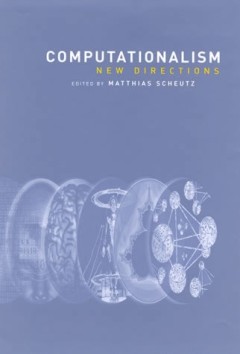
Computationalism: New Directions
A new computationalist view of the mind that takes into account real-world issues of embodiment, interaction, physical implementation, and semantics. Classical computationalism—-the view that mental states are computational states—-has come under attack in recent years. Critics claim that in defining computation solely in abstract, syntactic terms, computationalism neglects the real-time…
- Edition
- -
- ISBN/ISSN
- 9780262283106
- Collation
- -
- Series Title
- -
- Call Number
- 004 SCH c
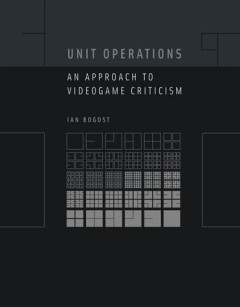
Unit operations : an approach to videogame criticism
In Unit Operations, Ian Bogost argues that similar principles underlie both literary theory and computation, proposing a literary-technical theory that can be used to analyze particular videogames. Moreover, this approach can be applied beyond videogames: Bogost suggests that any medium--from videogames to poetry, literature, cinema, or art--can be read as a configurative system of discrete, in…
- Edition
- -
- ISBN/ISSN
- 9780262268929
- Collation
- 1 online resource (xv, 243 pages)
- Series Title
- -
- Call Number
- -
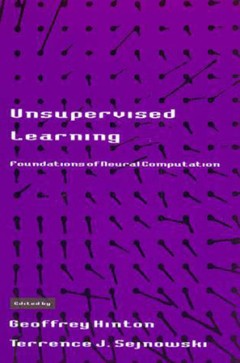
Unsupervised learning :foundations of neural computation
A Bradford book."OCLC-licensed vendor bibliographic record.
- Edition
- -
- ISBN/ISSN
- 9780262288033
- Collation
- 1 online resource (xvi, 398 pages) :illustrations.
- Series Title
- -
- Call Number
- -
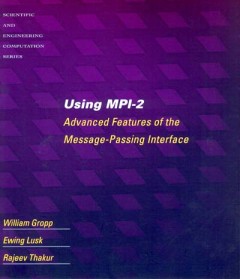
Using MPI-2 : Advanced Features of the Message-Passing Interface
Using MPI is a completely up-to-date version of the authors' 1994 introduction to the core functions of MPI. It adds material onthe new C++ and Fortran 90 bindings for MPI throughout the book.OCLC-licensed vendor bibliographic record.
- Edition
- 2nd ed.
- ISBN/ISSN
- 9780262288040
- Collation
- 1 online resource (407 pages).
- Series Title
- -
- Call Number
- -
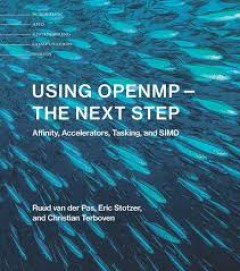
Using OpenMP—The Next Step: Affinity, Accelerators, Tasking, and SIMD
A guide to the most recent, advanced features of the widely used OpenMP parallel programming model, with coverage of major features in OpenMP 4.5.This book offers an up-to-date, practical tutorial on advanced features in the widely used OpenMP parallel programming model. Building on the previous volume, Using OpenMP: Portable Shared Memory Parallel Programming (MIT Press), this book goes beyond…
- Edition
- -
- ISBN/ISSN
- 9780262344012
- Collation
- 1 online resource (xxi, 365 pages) :illustrations.
- Series Title
- -
- Call Number
- -
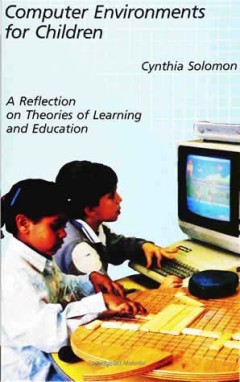
Computer Environments for Children: A Reflection on Theories of Learning and …
Originally presented as the author's thesis (doctoral--Harvard University, 1985).What are computers in education being used for? In this book, Cynthia Solomon takes a welcome look at the possibilities and issues of learning with and about computers in schools or in any other learning environment.Solomon focuses on the use of computers within the framework of recent innovative theories of learni…
- Edition
- -
- ISBN/ISSN
- 9780262288491
- Collation
- 1 online resource (viii, 183 pages) :illustrations
- Series Title
- -
- Call Number
- -

The Computer Revolution in Canada: Building National Technological Competence
Includes index.The forces that shaped Canada's digital innovations in the postwar period.After World War II, other major industrialized nations responded to the technological and industrial hegemony of the United States by developing their own design and manufacturing competence in digital electronic technology. In this book John Vardalas describes the quest for such competence in Canada, explo…
- Edition
- -
- ISBN/ISSN
- 9780262285469
- Collation
- 1 online resource (vi, 409 pages) :illustrations.
- Series Title
- -
- Call Number
- -

Computers and Commerce: A Study of Technology and Management at Eckert-Mauchl…
The history of a crucial decade in the early development of digital technology, focusing on both technical and business issues at two key firms.Between 1946 and 1957 computing went from a preliminary, developmental stage to more widespread use accompanied by the beginnings of the digital computer industry. During this crucial decade, spurred by rapid technological advances, the computer enterpr…
- Edition
- -
- ISBN/ISSN
- 9780262280723
- Collation
- 1 online resource (x, 347 pages) :illustrations.
- Series Title
- -
- Call Number
- -
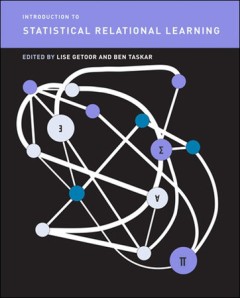
Introduction to statistical relational learning
"Index" : an online index is available on the book webpage at http://www.cs.umd.edu/srl-book/index.htm.Advanced statistical modeling and knowledge representation techniques for a newly emerging area of machine learning and probabilistic reasoning; includes introductory material, tutorials for different proposed approaches, and applications.OCLC-licensed vendor bibliographic record.
- Edition
- -
- ISBN/ISSN
- 9780262256230
- Collation
- 1 online resource (ix, 586 pages) :illustrations.
- Series Title
- -
- Call Number
- -

 Computer Science, Information & General Works
Computer Science, Information & General Works  Philosophy & Psychology
Philosophy & Psychology  Religion
Religion  Social Sciences
Social Sciences  Language
Language  Pure Science
Pure Science  Applied Sciences
Applied Sciences  Art & Recreation
Art & Recreation  Literature
Literature  History & Geography
History & Geography